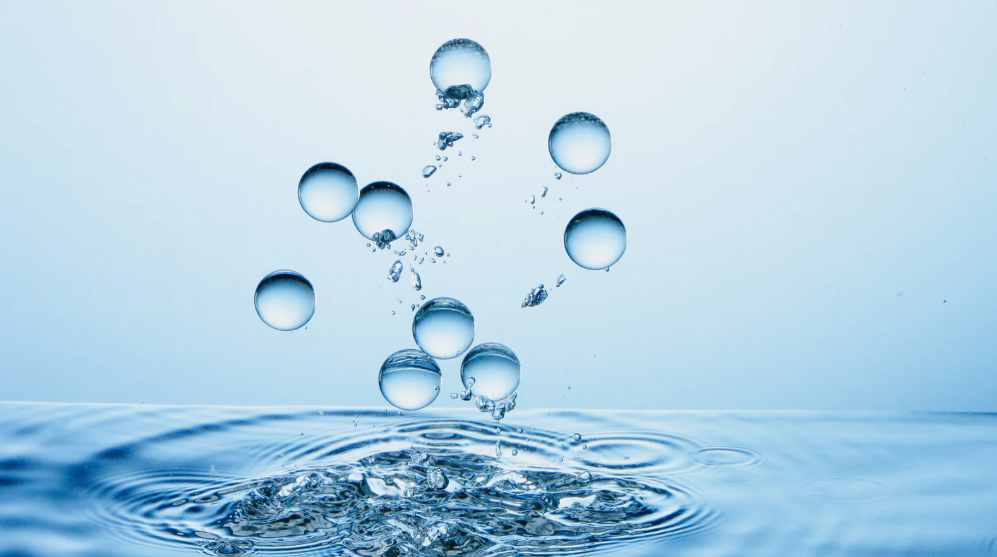Autumn leaves signal swimming season’s end and time to protect backyard investments from winter damage. Pool pump service prepares equipment for months of freezing weather that can destroy expensive machinery. Like tucking gardens under mulch blankets, proper shutdown routines protect pumps from ice expansion that cracks housings and ruins motors.
Why Pump Protection Matters Most
Water trapped inside pump systems expands when frozen, creating pressure that splits components like eggs dropped on concrete. Pool pump service techs understand that even small amounts of residual moisture can cause thousands in repair costs. Professional shutdown prevents spring surprises when families discover cracked equipment that won’t restart for summer fun.
Essential Drainage Steps
Complete Water Removal
Turn off power completely before touching any equipment or opening drain plugs safely. Remove all drain plugs from pump housings and hold units upside down allowing gravity to pull trapped water out thoroughly. Store plugs in pump baskets so they don’t get lost during winter months when memory fades about storage locations.
Filter System Clearing
Backwash filters for extended periods before closing pools to clean beds thoroughly and remove debris from entire systems. Remove drain caps at filter tank bottoms allowing complete drainage throughout winter storage periods. Leave caps off during cold months so moisture cannot accumulate and freeze inside sealed chambers.
Plumbing Line Protection
Blow out all plumbing lines using compressed air or shop vacuums that push water through pipes completely. This step prevents ice formation in underground lines that burst and require expensive excavation repairs. Seal line openings after clearing to prevent debris or pests from entering during dormant periods.
Equipment Inspection Timing
Early Problem Detection
Check for leaks in pump and filter systems while equipment still runs before shutdown begins officially. Look for cracks or signs of wear on housings, gaskets, and connection points that fail under pressure. Address repairs now rather than discovering problems when spring opening reveals winter damage compounded by delays.
Motor Function Testing
Listen for unusual sounds from motors indicating bearings or internal parts wearing beyond safe limits. Motors showing signs of struggle should get replaced before storage rather than gambling on spring failures. Small investments in fall prevent major expenses when pumps refuse to start after winter dormancy.
Chemical Balance Before Closing
Final Water Treatment
Shock pools days before planned shutdown allowing chlorine levels to settle into normal ranges. Proper chemical balance prevents algae growth and staining throughout winter months when circulation stops completely. Wait for chlorine to drop to safe levels before draining equipment to protect metal components from corrosion.
Equipment Protection
Balanced water chemistry reduces corrosive damage to pump internals during storage periods. Acidic or basic water attacks metal parts slowly, weakening them before next season begins. Final testing saves equipment lifespan through proper care during vulnerable shutdown phases.
Storage Best Practices
Indoor Protection
Move portable pumps indoors to heated spaces like garages or basements when possible. Temperature-controlled storage prevents moisture condensation that forms when cold equipment meets warm spring air. Clean, dry environments extend equipment life significantly compared to outdoor winter exposure.
Outdoor Winterization
Pumps remaining outside need weatherproof covers protecting them from snow, ice, and rain accumulation. Ensure covers allow air circulation preventing trapped moisture from creating corrosion conditions inside protected areas. Secure coverings against wind that tears loose protection during winter storms.
Professional Service Value
Expert Assessment
Trained techs spot developing problems that owners typically overlook during routine maintenance checks. Their experience prevents small issues from becoming major failures through timely intervention and repairs. Annual professional service extends equipment lifespan through proactive care rather than reactive repairs.
Warranty Compliance
Many pump warranties require documented professional maintenance for coverage validity during equipment failures. Skipping service voids protection leaving owners financially responsible for expensive repairs or replacements. Small service costs prevent large uncovered expenses when problems develop unexpectedly.
Spring Startup Planning
Pre-Season Checks
Inspect all equipment before adding water back into systems during spring opening procedures. Look for winter damage from ice, animals, or weather that compromised equipment integrity somehow. Address problems before startup prevents pump damage from attempting operation with compromised components.
Gradual Restart Process
Fill systems slowly watching for leaks at connections loosened during freeze-thaw cycles throughout winter. Test motors briefly before full operation confirming smooth function without strange noises or vibrations. Patient startup identifies problems early when fixes remain simple and inexpensive.
Your pool pump represents significant investment deserving protection through proper seasonal care. Fall shutdown routines prevent winter damage ensuring reliable performance when warm weather returns next year.

